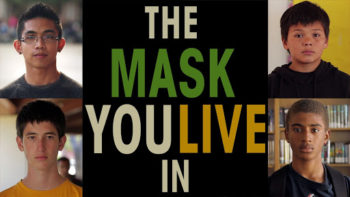As with any massive entertainment event, the World Cup has inspired a plethora of themed products: shirts, drinks, food, cars, and more. As one Deloitte analyst said, this World Cup will “generate a record global television audience,” and produce revenues exceeding $4 billion.
As a result, it is exceptionally profitable for a company to not only sell you a product, but sell you on a lifestyle that will keep you coming back for more. For marketers, this is a chance to tie their brands to the excitement, passion and drama of the world’s most watched sporting event. So what exactly is the ideal they’re selling us during this World Cup?
Here’s a bit of what I’ve observed thus far:
1. Women are sex objects and wear surprisingly little to play fútbol:
2. Most of the time they don’t play the world’s most popular sport at all – but just stare longingly at its most coveted trophy:

3. And all over the world they apparently look pretty much the same (i.e. everyone is thin and light skinned), and…butts:
 Dish Latino
Dish Latino Pot Noodle
Pot Noodle4. If you’re a heterosexual man you definitely love soccer, but your girlfriend/wife probably doesn’t:
5. Addendum: Women don’t like soccer unless they’re Adriana Lima, who can convince any man (read: every man, because every man is heterosexual) to watch the World Cup:
6. But the basic message is women are only situationally important as WAGS (wives and girlfriends):
 Men’s Fitness
Men’s Fitness NY Daily News
NY Daily News7. On the other hand, men have a limited range of emotions – stoic, angry, and aggressive:
8. And their bodies need to look like this:
As is evident, the media surrounding an event that nearly half the world‘s population is watching is too often perpetuating limiting stereotypes of what it means to be a woman and a man.
Are you watching the World Cup? Help us call out sexist and harmful advertising by using our #NotBuyingIt app or by tweeting with the hashtag #NotBuyingIt! Together we can advocate for a wider spectrum of representation.







